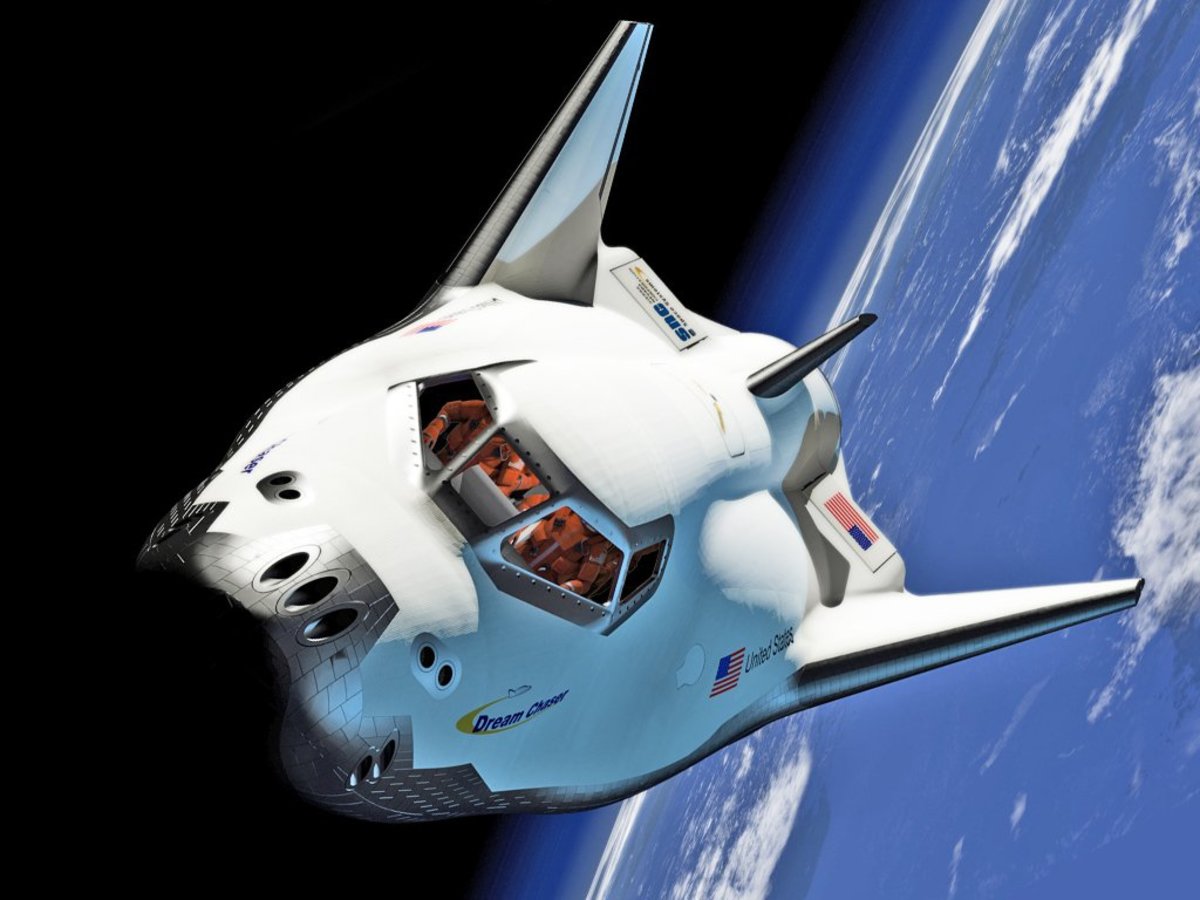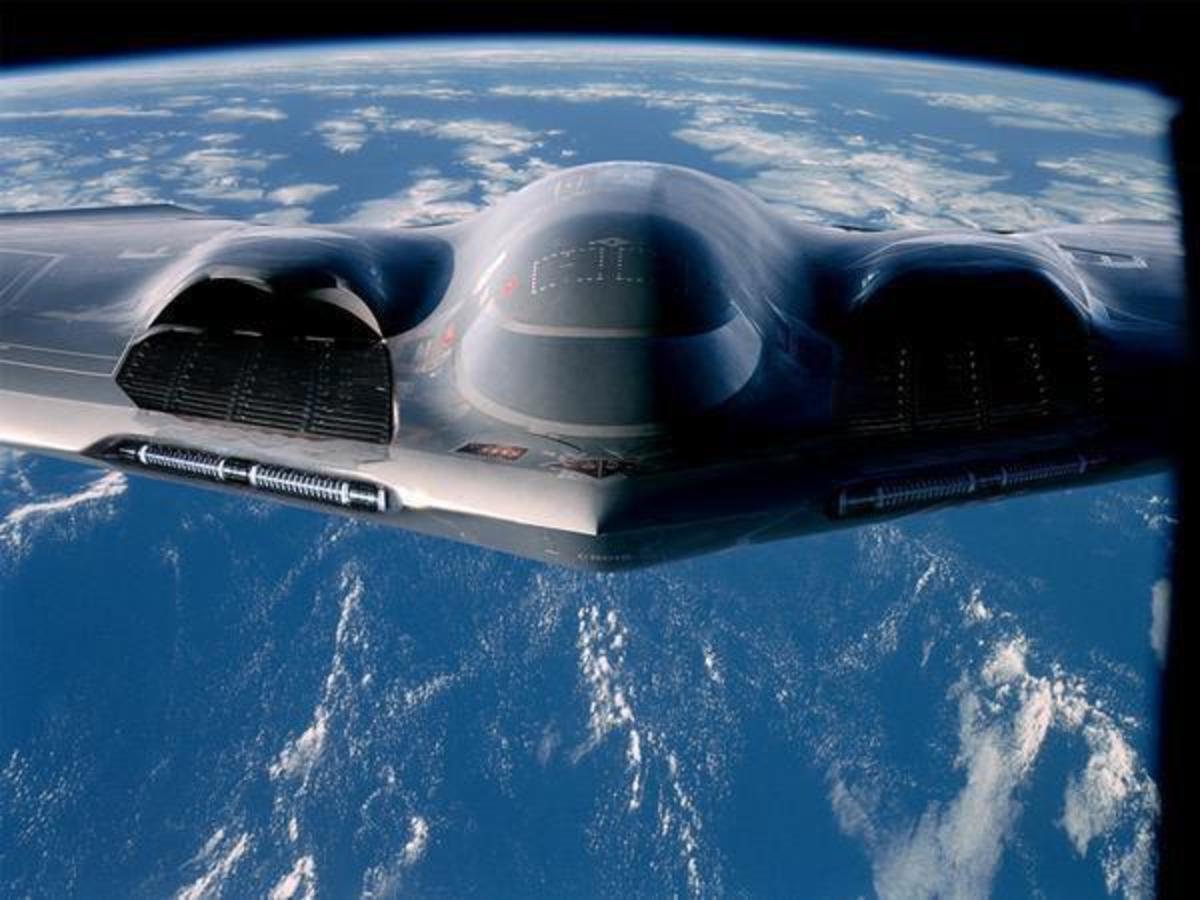NASA And The Commercial Crew Expand the US Space Program
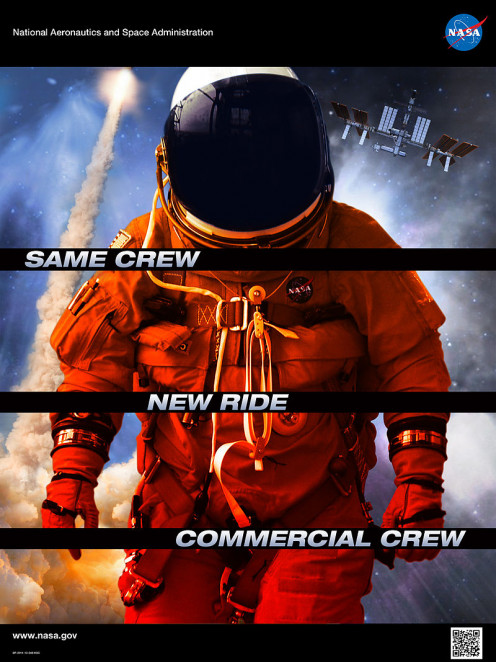
First All-Commercial Crew Mission Flies 2017
NASA began gathering together the Commercial Crew partners before the last US Shuttle flew in July 2011. NASA did this in order to expand resources and to fight federal funding cuts coming down from presidential administrations.
During Spring 2015, NASA was able to commission the first flight project manned completely by the Commercial Crew partners. Developing the attached mission will allow the flight to launch in 2017. It will fly from Florida's Space Coast up to the International Space Station.
The vehicle will be one of Boeing's CST-100s, built right at the Kennedy Space Center. It falls into the category of "Space Taxi", but is larger than the Mercury, Gemini, and Apollo capsules and will carry five to seven people. It is one of the ships expected to replace the Russian Soyuz line in American space exploration and ISS supply missions.
Space is Open for Business

Spaceports Ready For Business and Exploration
- Spaceports Of North America Are Open
Aerospace business is booming in the 2010s with asteroid mining startups and space tourism. A dozen spaceports are already operating in North America as of 2013, all but one of them in the USA. - NASA's Mission to Mars Astronaut Class - Background, Education and Related Jobs
These four men and four women were recruited and selected for a Mission to Mars by NASA. They will first fly to a near-Earth asteroid, followed by a flight to the Red Planet. Godspeed!
Mars Flight Laboratory, 2011 - Present
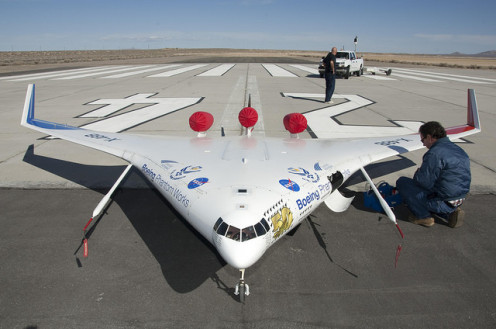
We're Already There
NASA took a proactive stance toward partnerships with the private sector for future space exploration and commercial aerospace enterprises long before the final US Space Shuttle launch during Independence Week in July 2011. Almost before the Endeavour landed, contracts had been inked and space related projects given the green light.
Space Investment Summit 7 of September 30th, 2009
GOOGLE invested $30,000,000 for awards to private and public sector research and design teams inder its the LunarX Prize program in 2009. The goal was to have a number of Lunar Landers and Lunar robots up and running for launch in 2015. The goal was surpassed in 2012 when a launch date was set for early 2013.
Space Angels Network, September 2011
Space Angels Network, LLC is a nationwide American network of seed-capital and start-up investors. Their interest is aerospace ventures in partnership with other space related private and public entities, including NASA.‐
eSpace: The Center For Space Entrepreneurship in Boulder, Colorado announced a number of beginning aerospace partnerships during the same month. eSpace is a partnership between the University of Colorado, who has a top aerospace engineering department, and the privately held Sierra Nevada Space Systems. Time and again, public universities and local businesses have been working together to create jobs in America.
NASA Commercial Crew takes over ISS supplies and human transport - 2017.
Patrolling the skies with Japan - 2019.

NASA, early 2012 to 2022
NASA began aggressively to court businesses to rent some facilities still vacant after the end of the US Space Shuttle Program. The agency already had been partnering with private firms in aerospace and robotics endeavors for many years. It was time to strengthen partnerships with the private sector.
Huffington Post articles like that of 16-year-old Aaron Wang claiming the stagnation and stoppage of all Lunar based exploration and Mission to Mars projects are therefore incorrect. Mission to Mars has always been hallmarked with a 2030s deadline; as LunarX beats its deadlines, it brings America's Mission to Mars closer to fruition. The 2013 NASA Astronaut Class was chosen specifically for that long-term mission, but private astronauts are in training as well.
As for $300 Million being cut from NASA's Planetary Research Branch for fiscal 2013, it need not be a big obstacle. Already, it is only the difference between $1.5 Billion and $1.3 Billion. Having been involved in million- and billion-dollar grants, I view a $300 Million cut as not much a death knoll. SpaceX already developed two new rockets and a a new space capsule for under $300 Million, so why repeat that process within NASA? It is already done.
Moreover, Science does not need to inherently rely on government funding. Partnerships among entities in higher education, business and government work best and the huge Research Triangle region in North Carolina is proof of that. Ohio has an entire state quadrant developing from such partnerships in the Ohio Space Corridor.
Jerry Lewis brought hundreds of millions of dollars to the fight against Muscular Dystrophy from private funders and NASA can do the same, it it wishes to survive. This is a reason for the push to partner with private companies initiated before the end of the shuttle program. Besides, NASA is selling a new toy - the Star Trek® USS Enterprise Pizza Cutter. That should be good for a couple of billion dollars (true).
NASA.org reports "The decision [to scale back] is a response to diminished funding for robotic exploration going forward." However, LunarX is already picking up some of the robotic development slack, with other privately held companies to follow.
US Space Vehicles in 1997 - Plenty of Options

To Luna, Mars and the Asteroid Belt
Summation
NASA is scaling back on projects once covered by federal funding, but simultaneously increasing cooperation among itself, private businesses, individuals, and higher education institutions to not only step up the moon and Mars exploration projects, but also to mine the Asteroid Belt beyond and to create a generation of new jobs after 2035 in commercial aircraft and space craft as well as drone technologies.
The $300,000,000 budget cut for fiscal 2013 meant only the lack of funding to design, build and test a potentially over-the-top government flagship spacecraft to begin a fleet - like the Star Trek® NC-1701 Enterprise. However, other ships were already available in the private sector.
SpaceX has two types of vehicles in use for supplies and for people - they just don't look like Captain Kirk's USS Enterprise. Other private companies are developing their own craft as well.
The $1.3 Billion budget for 2013 could have been put to better use perhaps, while private companies work on a flagship as a government contractor project.
NASA still had its $2.5 Billion Mars Science Laboratory (MSL), with a new Martian Rover (Curiosity) in August 2012. It still had its $485 Mllion MAVEN launched in 2013 to the Martian Upper Atmosphere to look at the planet's climate history. Funding cuts were moot in the face of the 63-company private sector Commercial Crew that NASA gathered.
SpaceX developed another generation of spacecraft and Google LunarX landers are accumulating for launch to the moon. We are looking toward Mars with private-sector and higher education eyes.
Another NASA partnership is one with the Japanese Space Agency (JAXA) and a successful Japanese scientific instruments manufacturer.
NASA/JAXA Dual-frequency Precipitation Radar
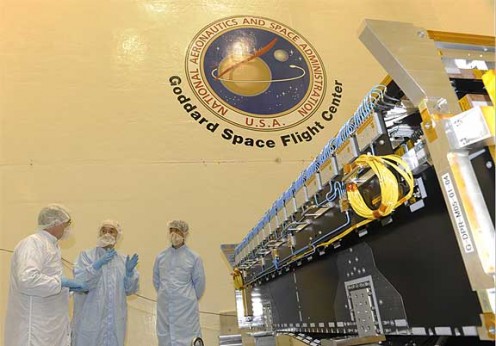
NASA Partners with the Japanese Space Agency
This Dual-frequency Precipitation Radar unit was designed and built by the Japanese National Institute of Information and Communications Technology. It is the first of two instruments that will fly aboard NASA's Core Observatory for the Global Precipitation Measurement mission to be launched in Japan at the Tanegashima Space Center during February 2014.
Data collected during the mission will strengthen precipitation science, give insight into the Earth's water cycle, and help us maintain fresh water globally. America and Japan hope that it will provide tools for forecasting hurricanes, floods and other natural disasters that have hit hard in the 2010s.
© 2012 Patty Inglish MS


